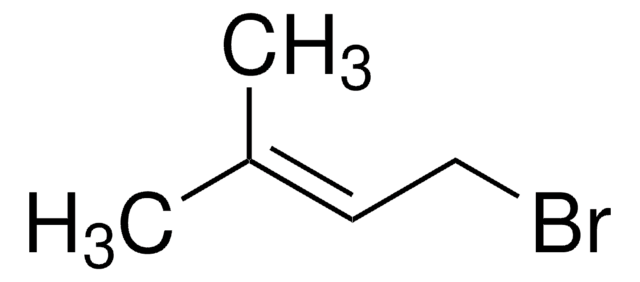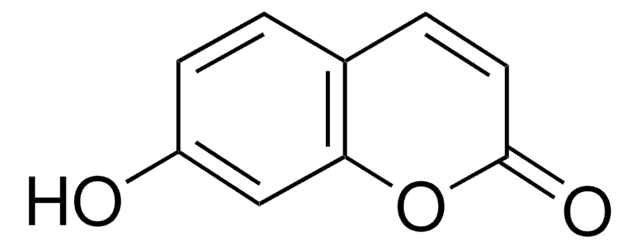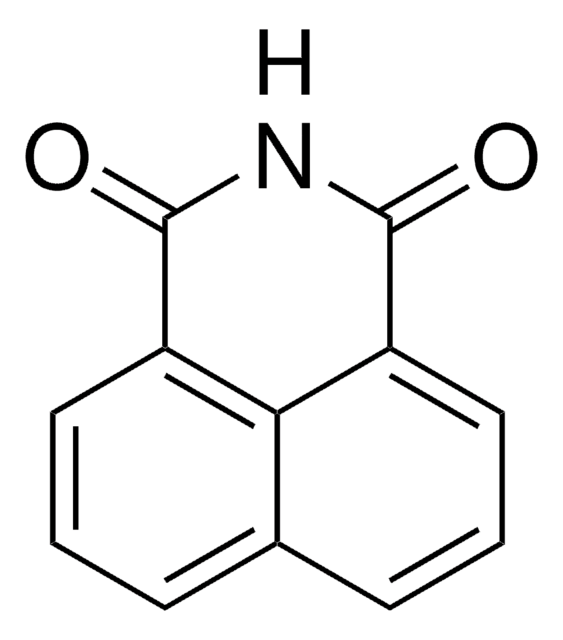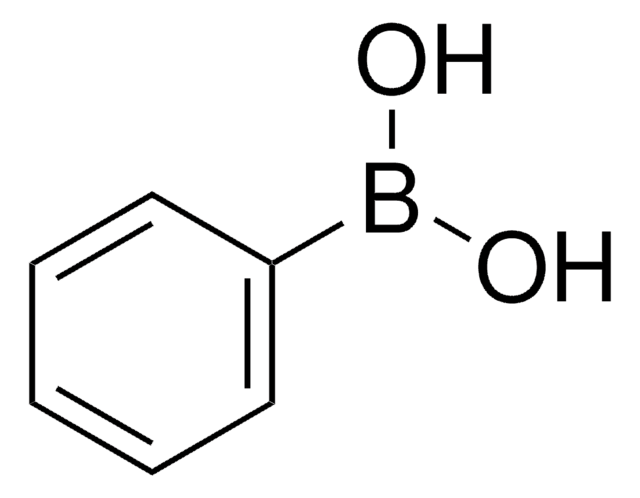P5833
Kaliumcarbonat
BioXtra, ≥99.0%
About This Item
Produktlinie
BioXtra
Qualitätsniveau
Assay
≥99.0%
Form
powder
Verunreinigungen
≤0.0005% Phosphorus (P)
≤0.1% Insoluble matter
pH-Wert
11-13 (25 °C, 138 g/L)
mp (Schmelzpunkt)
891 °C (lit.)
Löslichkeit
H2O: 1 M, clear, colorless
Anionenspuren
chloride (Cl-): ≤0.005%
sulfate (SO42-): ≤0.02%
Kationenspuren
Al: ≤0.0005%
Ca: ≤0.001%
Cu: ≤0.0005%
Fe: ≤0.0005%
Mg: ≤0.0005%
NH4+: ≤0.05%
Na: ≤0.5%
Pb: ≤0.001%
Zn: ≤0.0005%
SMILES String
[K+].[K+].[O-]C([O-])=O
InChI
1S/CH2O3.2K/c2-1(3)4;;/h(H2,2,3,4);;/q;2*+1/p-2
InChIKey
BWHMMNNQKKPAPP-UHFFFAOYSA-L
Suchen Sie nach ähnlichen Produkten? Aufrufen Leitfaden zum Produktvergleich
Allgemeine Beschreibung
Anwendung
- Markovnikov addition reactions.
- Suzuki cross-coupling reactions.
Signalwort
Warning
H-Sätze
Gefahreneinstufungen
Eye Irrit. 2 - Skin Irrit. 2 - STOT SE 3
Zielorgane
Respiratory system
Lagerklassenschlüssel
13 - Non Combustible Solids
WGK
WGK 1
Flammpunkt (°F)
Not applicable
Flammpunkt (°C)
Not applicable
Analysenzertifikate (COA)
Suchen Sie nach Analysenzertifikate (COA), indem Sie die Lot-/Chargennummer des Produkts eingeben. Lot- und Chargennummern sind auf dem Produktetikett hinter den Wörtern ‘Lot’ oder ‘Batch’ (Lot oder Charge) zu finden.
Besitzen Sie dieses Produkt bereits?
In der Dokumentenbibliothek finden Sie die Dokumentation zu den Produkten, die Sie kürzlich erworben haben.
Kunden haben sich ebenfalls angesehen
Unser Team von Wissenschaftlern verfügt über Erfahrung in allen Forschungsbereichen einschließlich Life Science, Materialwissenschaften, chemischer Synthese, Chromatographie, Analytik und vielen mehr..
Setzen Sie sich mit dem technischen Dienst in Verbindung.






